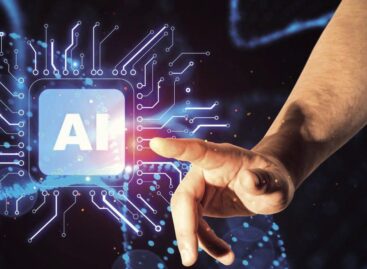AI didn’t work out for McDonald’s
McDonald’s has announced that it will end its AI-powered ordering technology at its US drive-thru restaurants. The decision came after customers shared funny jokes about the system online.

The technology, which has been tested at more than 100 locations in the United States, was introduced in 2019. The system, developed by IBM, used voice recognition software to process orders. McDonald’s has informed franchise owners that the technology will be removed from the affected restaurants by the end of July, although this does not mean the complete elimination of this type of system, according to a trade journal.
Initially, the focus of concern was that an AI-based ordering system could make human labor redundant. However, over time it became apparent that replacing human restaurant workers was not as easy as initially hoped. Mistakes in technology and misinterpreted orders led to funny but sometimes disturbing incidents that quickly became viral videos on the Internet.
For example, a video in which a customer reported being mistakenly charged for nine servings of tea received nearly 360,000 views on TikTok. Other videos show people laughing at the fact that they were billed for hundred-dollar chicken bites, while the New York Post wrote about another customer who mistakenly added bacon to his ice cream.
Related news
Careless corporate use of artificial intelligence can also violate trade secrets
🎧 Hallgasd a cikket: Lejátszás Szünet Folytatás Leállítás Nyelv: Auto…
Read more >Artificial intelligence will also transform taxation
🎧 Hallgasd a cikket: Lejátszás Szünet Folytatás Leállítás Nyelv: Auto…
Read more >McDonald’s Christmas commercial sparks controversy
🎧 Hallgasd a cikket: Lejátszás Szünet Folytatás Leállítás Nyelv: Auto…
Read more >Related news
Superbrands celebrated again in 2025
🎧 Hallgasd a cikket: Lejátszás Szünet Folytatás Leállítás Nyelv: Auto…
Read more >László Pekó: “Coop isn’t just a network, it is a way of life – and has been for 30 years”
🎧 Hallgasd a cikket: Lejátszás Szünet Folytatás Leállítás Nyelv: Auto…
Read more >(HU) Karácsonyi tv-reklámok 2025 – indul a közönségdíj szavazás
🎧 Hallgasd a cikket: Lejátszás Szünet Folytatás Leállítás Nyelv: Auto…
Read more >






